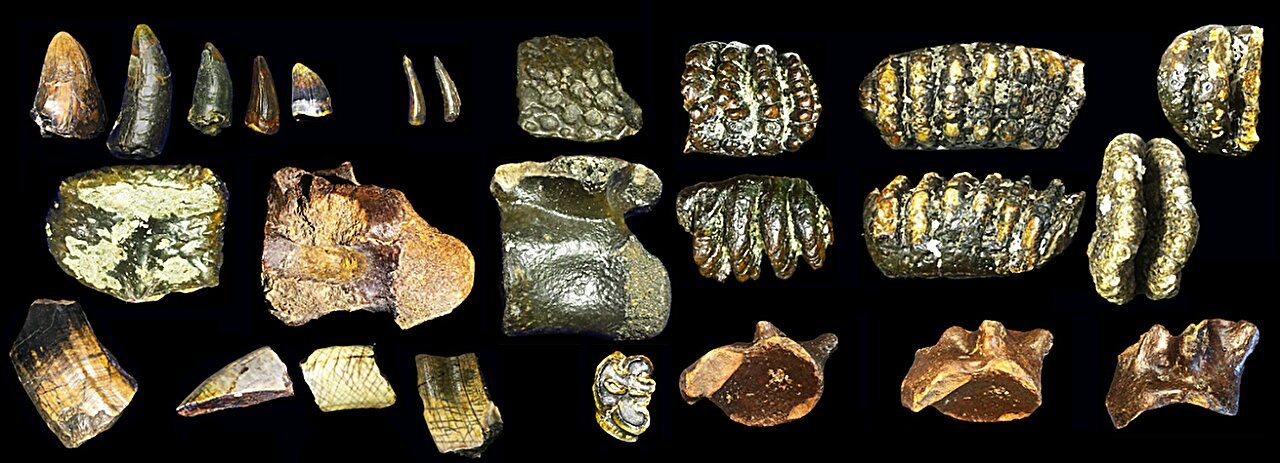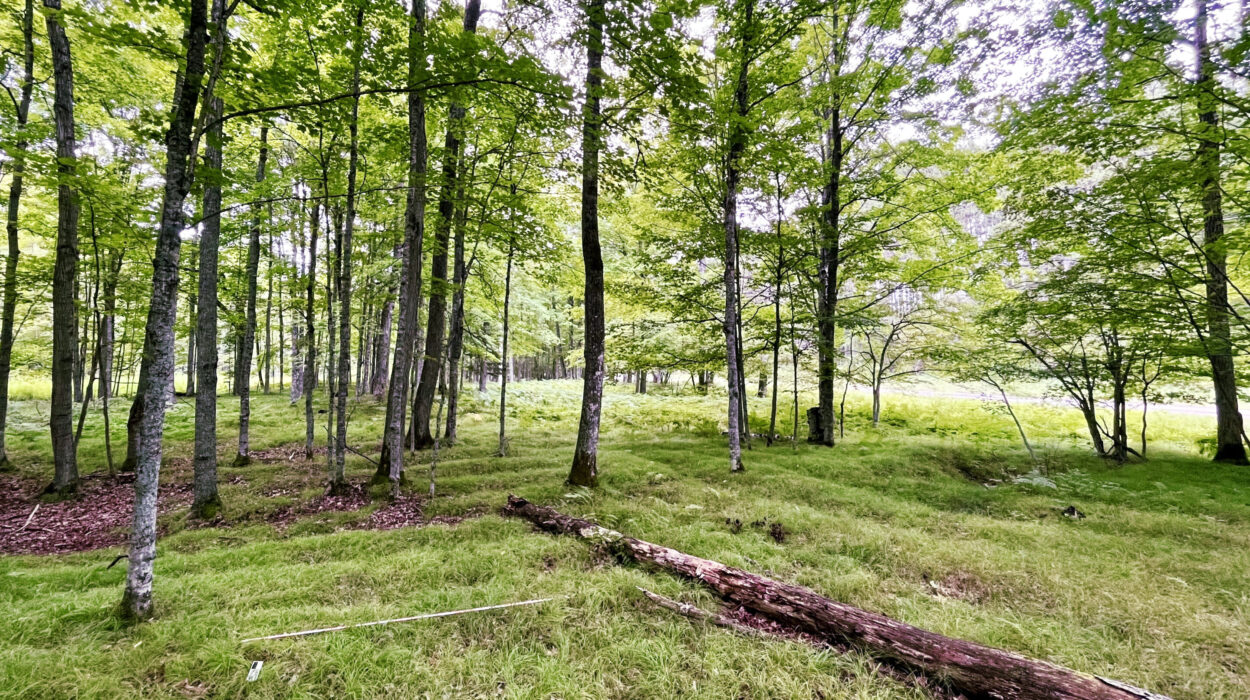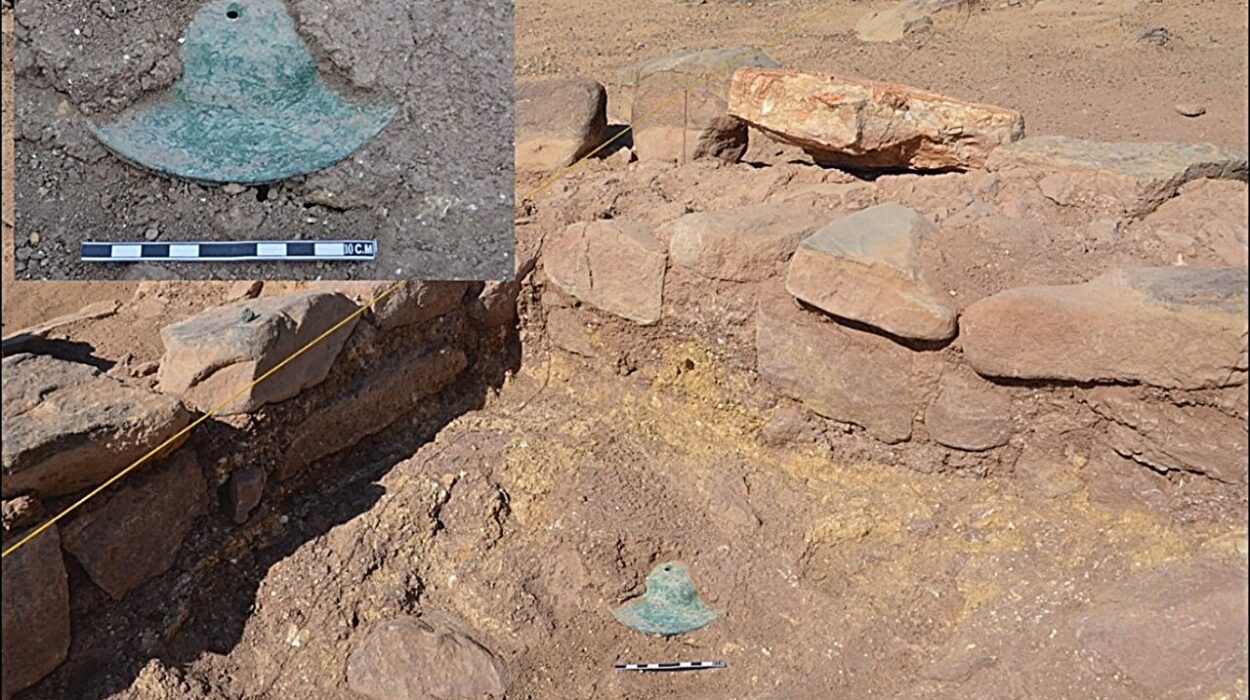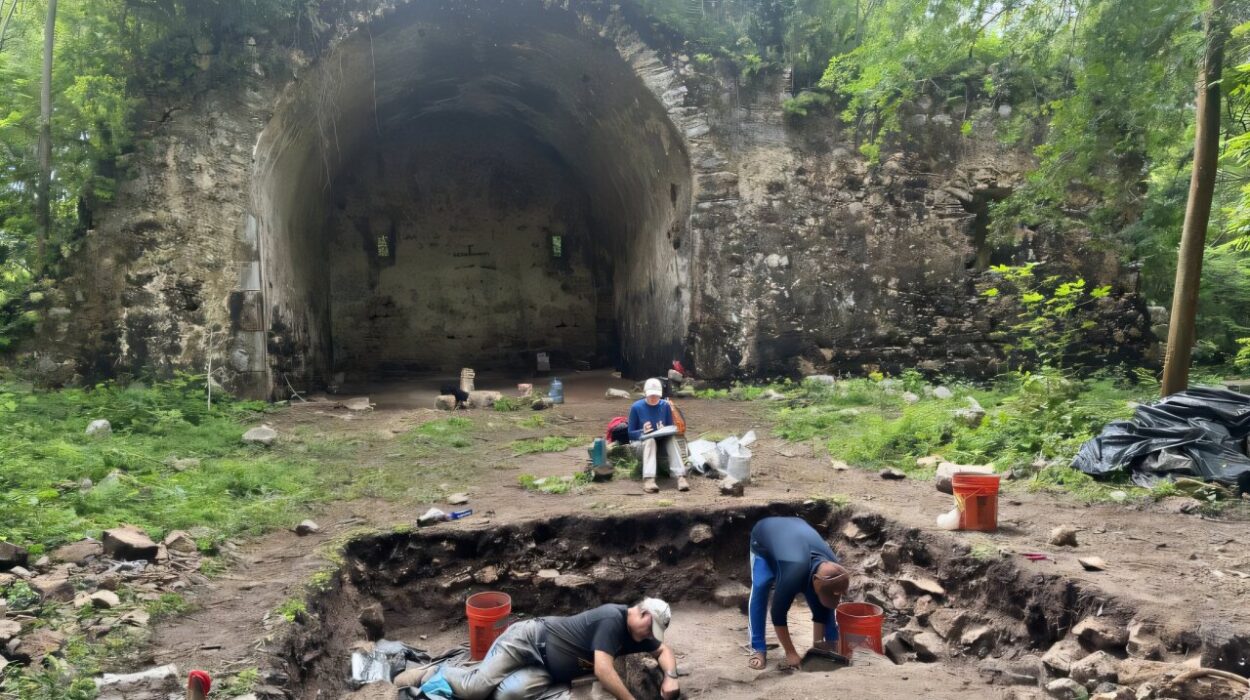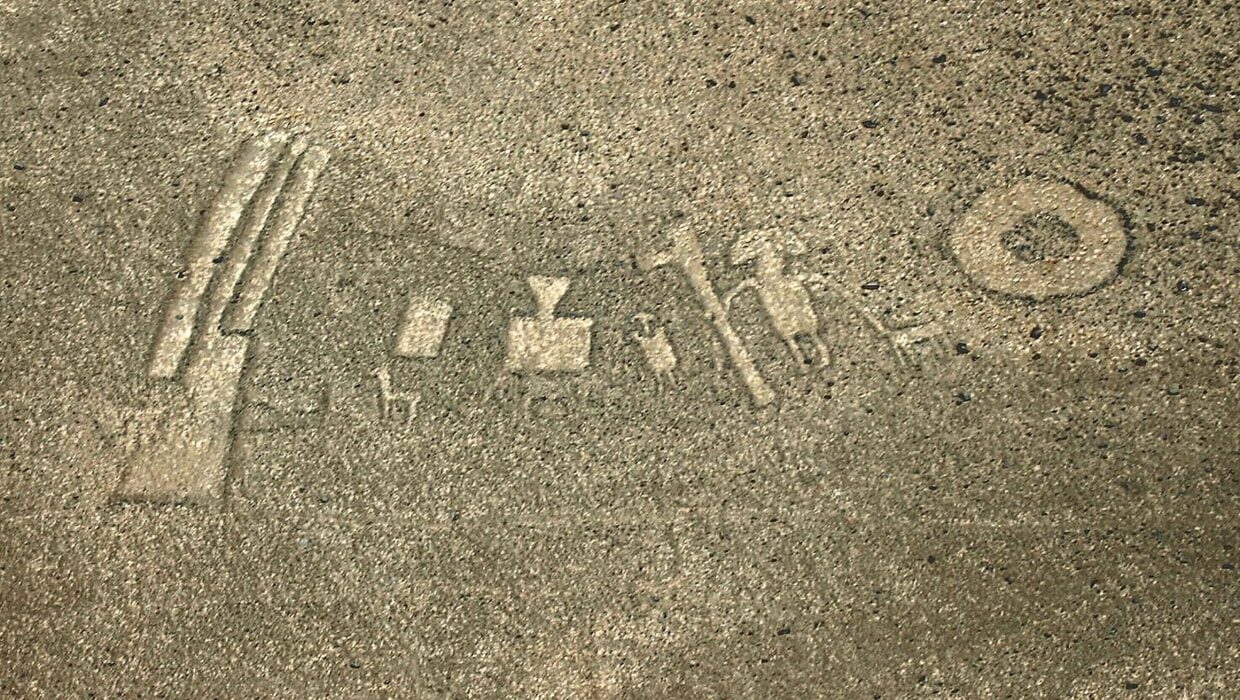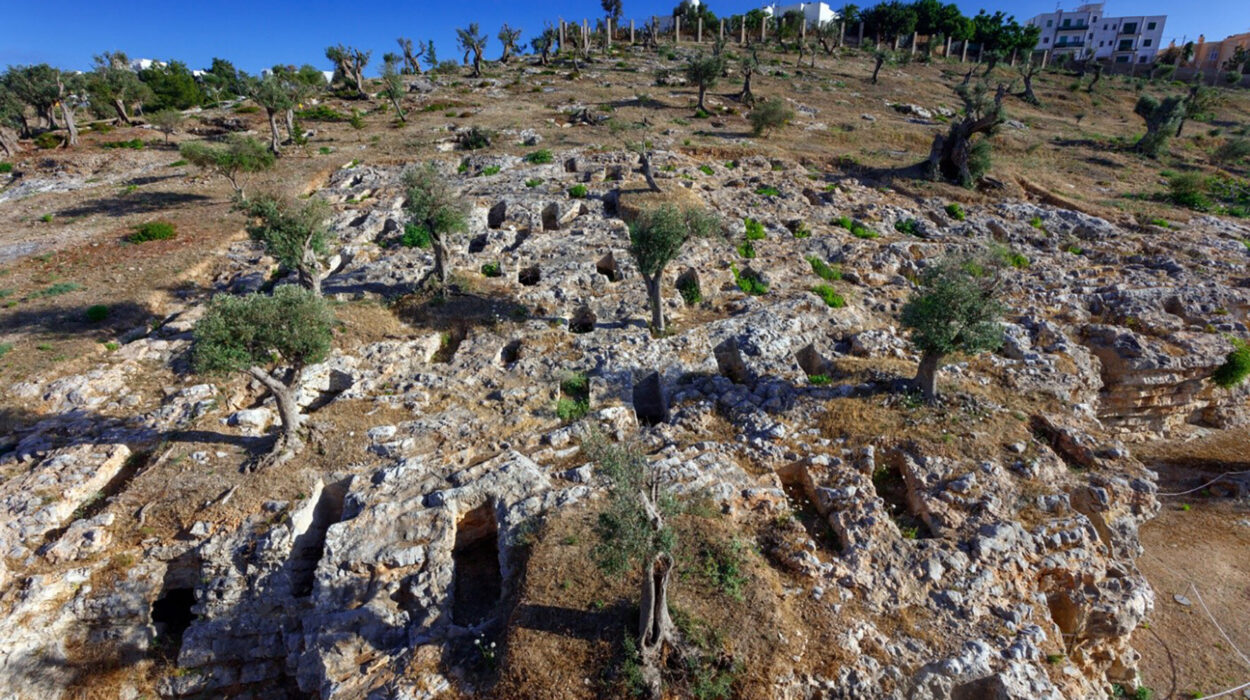Off the coast of Java, beneath the blue shimmer of the Madura Strait, dredging equipment dragged something unexpected to the surface: a fossil. Then another. Then more. At first, it was just fragments—weathered bones, pieces of shells—but gradually, a story began to surface. Among the debris were the ancient remains of creatures that once roamed a vanished landscape, including something unmistakably human.
The bones, recovered from the seafloor between Java and Madura, belonged to Homo erectus—one of our most enigmatic ancestors. For over a century, this early human species had been known primarily from land-based fossil sites on Java itself. But now, skull fragments and butchered animal remains found underwater were rewriting what we thought we knew about Homo erectus. This was more than a chance discovery. It was a window into a drowned world—a forgotten ecosystem teeming with life, lost beneath the waves for more than 100,000 years.
The World Beneath the Waves: What Was Sundaland?
To understand this discovery, we must first imagine a very different Southeast Asia. During the Pleistocene epoch—especially during glacial periods when massive ice sheets locked away seawater—sea levels dropped dramatically, by as much as 100 meters. As a result, what are now separate islands, including Borneo, Sumatra, Java, and Bali, were connected by a vast, continuous landmass. Scientists call this ancient expanse Sundaland.
In this time-traveling landscape, mountain ranges of today became highlands, and the seabeds we now dredge became fertile valleys and river systems. It was along these river corridors that Homo erectus likely moved, hunted, and lived. The land was alive with animals—many now extinct—that rivaled those of the African savannah: pygmy elephants, straight-tusked rhinos, crocodiles, and even Komodo dragons and river sharks. This was not a marginal ecosystem—it was a flourishing cradle of biodiversity.
And crucially, it was accessible. For decades, paleoanthropologists believed Homo erectus remained isolated on Java, evolving in splendid seclusion. But these new underwater finds challenge that idea. They suggest a much wider dispersal, enabled by the geographic openness of Sundaland when sea levels were low. The sea, as it turns out, was not always a barrier—it was once a highway.
Homo erectus: Rethinking the Javanese Puzzle
The Homo erectus remains discovered offshore—primarily two skull fragments—add to a long legacy of discoveries that began with Eugène Dubois’ famous unearthing of “Java Man” in Trinil in the 1890s. Since then, fossils have been unearthed from Sangiran, Ngandong, and other Javanese sites, forming one of the richest collections of early human remains in the world.
But there was always something curious about these finds. Java’s Homo erectus fossils spanned a time period of over a million years—far longer than the species’ presence in other regions. This suggested they had survived in isolation. But what if they weren’t isolated at all? What if Sundaland allowed them to move freely, to encounter other hominin groups, and to adapt to new ecological pressures?
According to Leiden University archaeologist Harold Berghuis, who leads the interdisciplinary team behind the recent discoveries, the new underwater fossils “fundamentally change how we understand Homo erectus in this region. These individuals were not trapped. They were travelers, and they lived in a rich, dynamic ecosystem.”
The fossil evidence supports this idea. The skull fragments share traits with both the older and younger Homo erectus fossils found inland, suggesting ongoing gene flow or even population turnover. But even more compelling is the context: these humans lived in a river valley ecosystem, surrounded by prey, plant resources, and access to freshwater—a veritable buffet for Paleolithic foragers.
Tools, Turtles, and Trauma: Signs of Life and Death
In addition to hominin bones, the underwater site yielded a startling array of fauna: 36 vertebrate species in total. Among them were large bovids—hoofed mammals resembling modern buffalo—and freshwater turtles. Some of their bones bear telltale signs of butchering: cut marks etched into the bone by sharp stone tools. Others were smashed open, likely to access the nutrient-rich marrow within.
The evidence points to a surprisingly complex subsistence strategy. “We already knew that Homo erectus collected river shells from Java’s rivers,” Berghuis explains. “But now we see a much broader picture. These were active hunters—capable of taking down strong, healthy animals, not just scavenging the weak or the dead.”
Even more intriguingly, this hunting behavior appears to reflect practices known from more modern human species on the mainland, such as Homo heidelbergensis or archaic Homo sapiens. Could Homo erectus have borrowed these techniques through contact with other populations?
“It’s entirely possible,” says Berghuis. “This kind of technological and behavioral similarity could mean direct interaction, or even genetic exchange. We may have to reconsider the cognitive and cultural capacities of Homo erectus.”
A Tapestry of Collaboration and Inquiry
This research did not happen in isolation. It was the product of an ambitious, five-year collaboration among scientists from Indonesia, the Netherlands, Australia, Germany, and Japan. Together, they used a combination of geological surveys, paleontological analysis, radiometric dating, and sedimentology to reconstruct not only the biological remains, but the landscape in which those remains once lived.
Too often, Berghuis notes, archaeological publications focus only on the most spectacular finds—usually hominin fossils—while ignoring the broader ecosystem. In contrast, this project prioritized a holistic approach. The result is a richly detailed reconstruction of a prehistoric ecosystem, described in a series of four scholarly articles under the title Humans and Environments in Quaternary Sundaland, the first of which was recently published in Quaternary Environments and Humans.
The fossils now reside at the Geological Museum in Bandung, Indonesia, where plans are underway to mount a major exhibition. Public outreach is a key part of the project’s mission. Temporary exhibitions are also planned for other locations in the region, making these discoveries accessible to a wider audience—particularly in the communities whose ancestors once walked these now-submerged lands.
A Glimpse Into the Penultimate Ice Age
Dating of the site indicates that the fossils are approximately 140,000 years old. This places them in the penultimate glacial period, when much of the northern hemisphere was entombed in ice and sea levels plummeted. During this time, Sundaland was at its fullest extent. The rivers that now lie beneath the Java Sea carved deep valleys into the land, and the exposed seabed became fertile ground for life.
These drowned river valleys are where much of the new evidence was found. Sediment analysis shows how the river sands gradually accumulated, preserving animal remains and traces of hominin activity beneath layers of silt. It’s a geological story frozen in time—a prehistoric freeze-frame that allows scientists to peer directly into the world of Homo erectus.
Sundaland’s Lost Menagerie: Ghosts of a Forgotten Savannah
So what kind of animals lived alongside Homo erectus in ancient Sundaland? The fossils paint a picture that’s both familiar and strange. Elephants and rhinos roamed the plains. Hippopotamus species wallowed in rivers. Bovids grazed the grasslands. Large carnivores—possibly ancestral tigers or panthers—prowled the forests.
Even more remarkable were the river sharks—once common in the great waterways of Sundaland, now critically endangered or extinct. The Komodo dragon, now confined to a few islands, once had a much wider range. And the now-extinct Asian hippo thrived in this ecosystem as well.
“These animals tell us a lot about environmental conditions,” Berghuis explains. “It was dry, open savannah interspersed with riverine forest. A highly productive landscape that supported a diversity of megafauna.”
And then, of course, there was Homo erectus—an intelligent, adaptive predator at the top of the food chain.
The Biodiversity Legacy of Sundaland
Understanding this lost ecosystem has major implications for conservation biology. Many of the species that once thrived in Sundaland now teeter on the brink of extinction. Habitat loss, poaching, and climate change have driven several to regional extinction. Others—like the Asian elephant or the Sumatran rhino—cling to survival in fragmented forests.
By reconstructing the prehistoric baseline of biodiversity in Southeast Asia, researchers hope to inform modern conservation efforts. “This knowledge is hugely important,” says Berghuis. “It helps us understand not just what was lost, but what could potentially be restored.”
The Future of Submerged Prehistory
The seabed of Sundaland is vast, and the recent discoveries may only be the beginning. With advances in underwater archaeology, remote sensing, and sediment core analysis, researchers are optimistic about uncovering more submerged sites in the future. Each new find will shed more light on early human migration, adaptation, and the interplay between climate, landscape, and culture.
For now, the fossils of the Madura Strait offer an exhilarating glimpse into a forgotten chapter of human history. They tell a story not just of survival, but of innovation, migration, and deep ecological knowledge—qualities that resonate across species and time.
The story of Homo erectus in Sundaland is still being written, layer by sedimentary layer, bone by ancient bone. It’s a story not just of our ancestors, but of the Earth itself—and how the rise and fall of oceans can erase, then unexpectedly resurrect, the traces of our shared past.
Reference: H.W.K. Berghuis et al, A late Middle Pleistocene lowstand valley of the Solo River on the Madura Strait seabed, geology and age of the first hominin locality of submerged Sundaland, Quaternary Environments and Humans (2025). DOI: 10.1016/j.qeh.2024.100042
